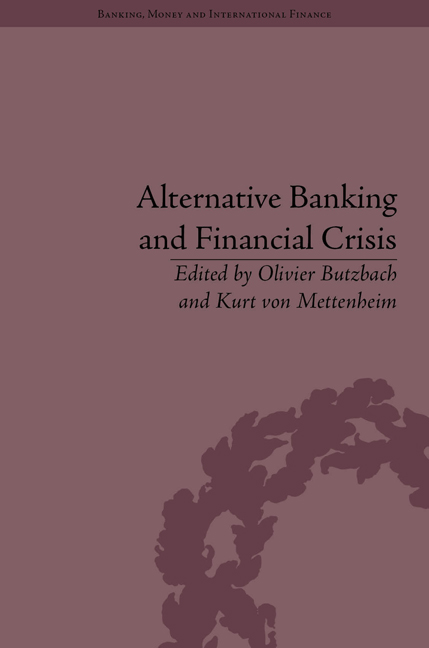Introduction
Summary
Back from the Dead: Alternative Banks in the Shifting World of Banking
More than six years after the beginning of the subprime mortgage credit crisis in the United States, many banks and banking systems are still either ailing or slowly recovering. Dozens of large banks failed at the height of the crisis, mostly in the United States and in Europe. Surviving banks had to merge or, in some cases, radically change strategies – although sceptics might point out that the perilous practices widely assumed to be at the root of the crisis (massive securitization, increased reliance of retail banks on wholesale funds, single-minded pursuit of higher yields, high bonuses) are now (in 2013) back in favour in the industry. At the same time, governments have had to step back into banking after years (if not decades) of apparent lack of interest. In particular, in 2008, during the acute phase of the banking crisis, many governments across the world had to rescue individual banks or, in some cases, finance an emergency bailout programme (such as in the case of the United States and Ireland, and, more recently, of Spain). Moreover, in order to avoid an outright collapse of the financial sector through the demise of ‘too big to fail’ banks, governments also forced ailing banks to merge (such as in the case of the Bank of America’s takeover of Merrill Lynch) or simply nationalized them (the Anglo Irish Bank in 2009) or took over a signifi cant share of their equity (Northern Rock and the Royal Bank of Scotland in 2008–9).
- Type
- Chapter
- Information
- Alternative Banking and Financial Crisis , pp. 1 - 10Publisher: Pickering & ChattoFirst published in: 2014

